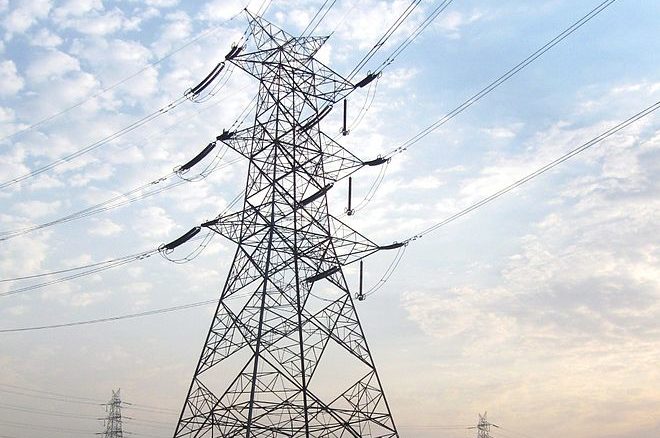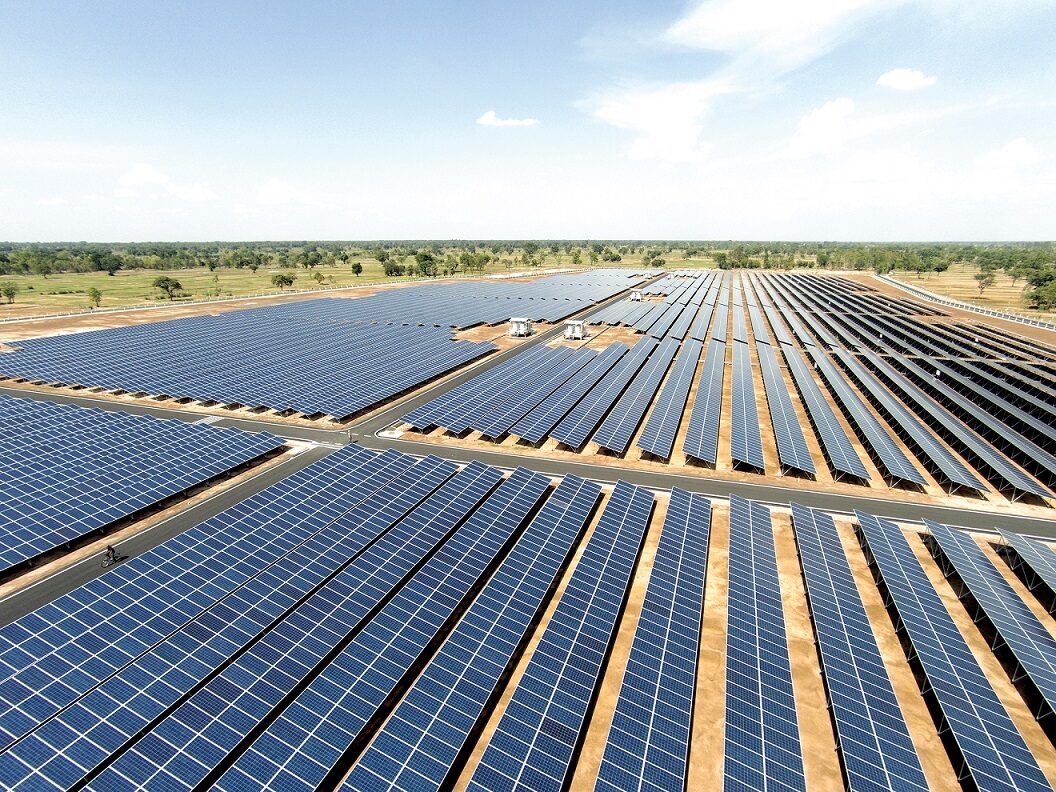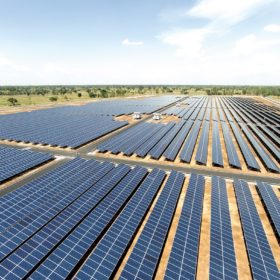An Institute for Energy Economics and Financial Analysis (Ieefa) report recommends increasing competition in the development of intra-state transmission infrastructure to speed up deployment of renewable energy in India.
“As the share of increasingly low-cost but variable renewable energy grows, development of transmission systems must keep pace to meet demand and ensure efficient, reliable delivery of power to consumers,” said the report author Vibhuti Garg, an energy economist at Ieefa.
“Intra-state transmission networks will be key for the evacuation of power as we transition to a sustainable energy economy. Yet, the intra-state transmission is the weakest link in the grid.”
Efficiency gains
The report stated the efficiency and reliability of intra-state transmission networks would be critical for power evacuation as most of India’s renewable energy generation capacity is connected to state transmission utilities (STUs). However, the intra-state network development is lagging due to development based on a cost-plus regime.
The introduction of competition can help to drive down construction costs, introduce new technologies and new ways of thinking and promote timely completion of projects, said Garg.
More competition would not only benefit the private players but also increase focus by the state-owned utilities on the benefits to consumers who bear this cost, Garg added.
“The private sector can also bring in increased capital at low cost for building transmission networks, leveraging record low global interest rates that are seeking low-risk, long-dated infrastructure returns. It would also free up state governments’ limited resources, which could be allocated to other social sectors like health or education for development.”
As per the report, Power Grid Corporation of India (PGCIL) had achieved lower costs and a higher return on equity (RoE) from competitively awarded projects than cost-plus projects.
Competitive bidding also led to the discovery of lower electricity tariffs. It resulted in an average tariff up to 45% lower than normative tariffs for certain projects, while the average reduction in project tariffs is 35% compared to the cost-plus route under Central Electricity Regulatory Commission (CERC) norms.
“Projects secured without competition are not only likely to prove more expensive but are also more often delayed beyond the commissioning timelines,” said Garg.
“These delays, on account of various issues such as the right of way, land acquisition and granting of forest clearances, result in capital cost overruns. Some cost overruns have been approved by State Electricity Regulatory Commissions, but others are being contested at various courts for settlement.”
Matching the RE pace crucial
Garg warned that lack of intra-state transmission infrastructure has created a bottleneck for renewable energy that will need to be addressed at scale to drive India to deliver on Prime Minister Narendra Modi’s ambitious 450GW renewables by 2030 target.
“Renewable energy developers are building capacity faster than the transmission grid can keep up. Inadequate grid availability is a growing concern for developers in renewable-rich states. This is slowing down the commissioning of new projects.
“Tamil Nadu, Karnataka, Gujarat and Rajasthan can look forward to moving from net electricity import states to net exporters of low cost, zero pollution, zero-emissions electricity, but only with adequate transmission planning given the massive scale of renewable energy investment in planning.
The report also recommended encouraging distributed hybrid projects for optimal utilization of the transmission network. This will drive the transmission tariff down as the costs will be spread across a larger flow of energy units, thereby reducing costs, it stated.
This content is protected by copyright and may not be reused. If you want to cooperate with us and would like to reuse some of our content, please contact: editors@pv-magazine.com.









1 comment
By submitting this form you agree to pv magazine using your data for the purposes of publishing your comment.
Your personal data will only be disclosed or otherwise transmitted to third parties for the purposes of spam filtering or if this is necessary for technical maintenance of the website. Any other transfer to third parties will not take place unless this is justified on the basis of applicable data protection regulations or if pv magazine is legally obliged to do so.
You may revoke this consent at any time with effect for the future, in which case your personal data will be deleted immediately. Otherwise, your data will be deleted if pv magazine has processed your request or the purpose of data storage is fulfilled.
Further information on data privacy can be found in our Data Protection Policy.